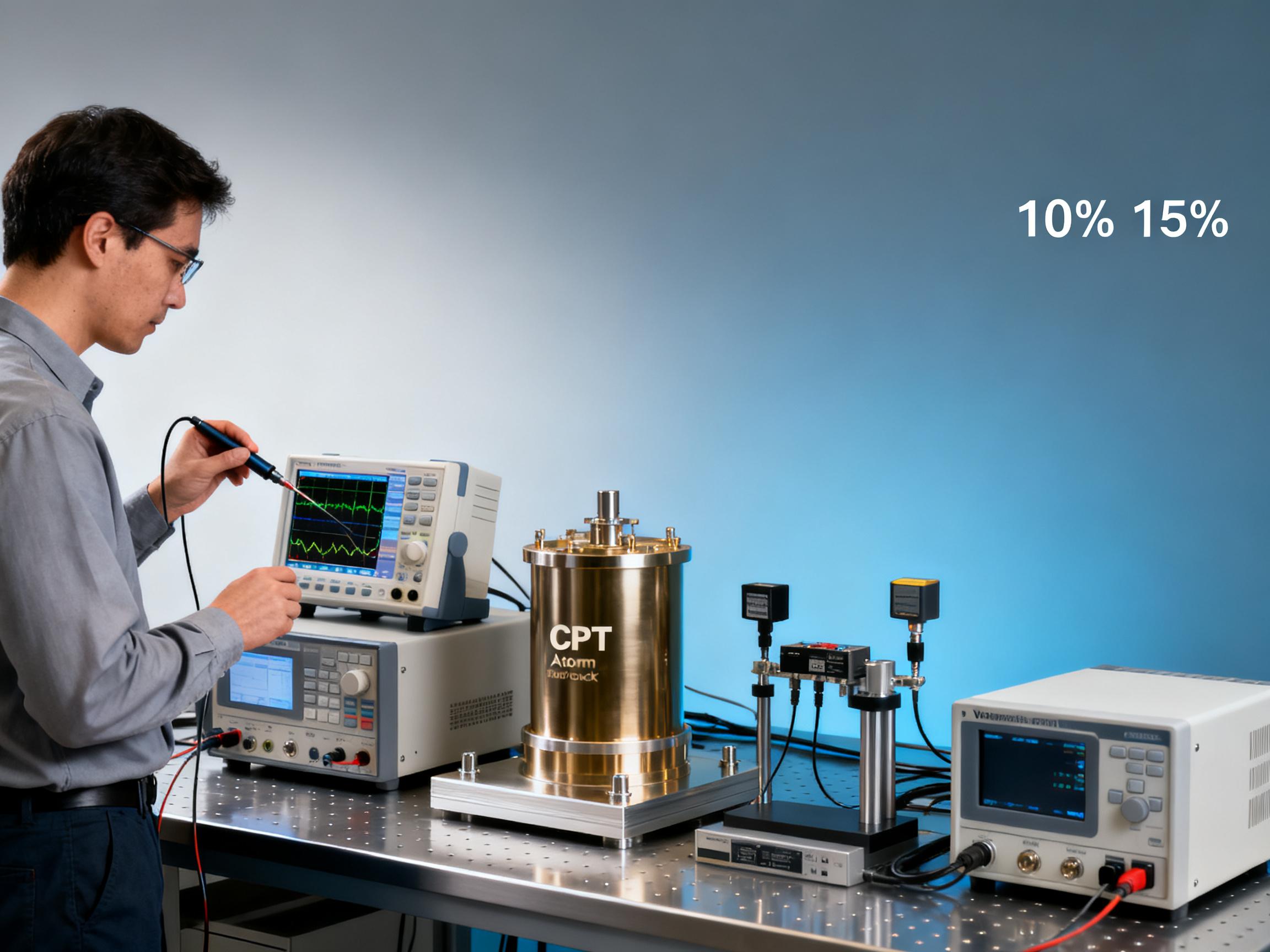RELATED
![How CPT Atomic Clocks Reduce OPEX in 5G Base Stations [Real Data] How CPT Atomic Clocks Reduce OPEX in 5G Base Stations [Real Data]](https://usimg.bjyyb.net/grey.png?x-oss-process=image/resize,m_fixed,w_800,h_600,limit_0) How CPT Atomic Clocks Reduce OPEX in 5G Base Stations [Real Data]2025-12-11
How CPT Atomic Clocks Reduce OPEX in 5G Base Stations [Real Data]2025-12-11 2024 CPT Atomic Clock vs Rubidium: Which Offers Better Stability for Telecom Networks?2025-12-08
2024 CPT Atomic Clock vs Rubidium: Which Offers Better Stability for Telecom Networks?2025-12-08 Live Demo Results: CPT Atomic Clock Performance Under Harsh Environmental Tests (Data Inside)2025-12-05
Live Demo Results: CPT Atomic Clock Performance Under Harsh Environmental Tests (Data Inside)2025-12-05 Budgeting for Precision: Total Cost of Ownership for a Rubidium Atomic Clock Over 5 Years2025-12-03
Budgeting for Precision: Total Cost of Ownership for a Rubidium Atomic Clock Over 5 Years2025-12-03
MESSAGE
1. Output Voltage Accuracy:
Refers to the degree of deviation between the actual output voltage of the power module and the nominal output voltage, usually expressed as a percentage. For example, a power module with a nominal output voltage of 12V and an output voltage accuracy of ±1%, then its actual output voltage range is between 11.88V and 12.12V. The higher the output voltage accuracy, the better the stability of the output voltage of the power module.
2. Load Regulation:
Reflects the ability of the power module to maintain stable output voltage under different load conditions, that is, the degree to which the output voltage changes with the load current when the input voltage remains unchanged, generally expressed as a percentage. The smaller the load regulation, the stronger the adaptability of the power module to load changes and the more stable the output voltage.
3. Voltage Regulation:
Measures the ability of the power module to maintain stable output voltage when the input voltage changes, that is, the degree to which the output voltage changes with the input voltage when the load remains unchanged, usually expressed as a percentage. A power module with a low voltage regulation can maintain a stable output voltage when the input voltage fluctuates greatly.
4. Efficiency:
It refers to the ratio of the output power of the power module to the input power, which is an important indicator to measure the energy conversion capability of the power module. The higher the efficiency, the less energy the power module loses during the conversion process, which can reduce the power consumption and heat generation of the equipment and improve energy utilization. For example, if the input power of a power module is 100W and the output power is 80W, its efficiency is 80%.
5. Ripple And Noise:
Ripple refers to the AC component contained in the output voltage of the power module, and noise refers to the high-frequency interference signal superimposed on the output voltage. Excessive ripple and noise may affect the normal operation of electronic equipment, so they need to be controlled within a certain range. The peak-to-peak value (Vpp) is usually used to indicate the size of ripple and noise.
CONTACT US
Please use the form below to get in touch.
If you need a reply we will get in touch as soon as possible.

![How CPT Atomic Clocks Reduce OPEX in 5G Base Stations [Real Data] How CPT Atomic Clocks Reduce OPEX in 5G Base Stations [Real Data]](https://usimg.bjyyb.net/sites/91500/91958/1765179857856560163985903616.jpeg)



